The key to success in selling online is to offer the smoothest possible checkout experience. Researchers surveyed 41 industries that sell online and found that cart abandonment averages nearly 70 percent, but checkout optimization strategies can cut abandonment to just under 36 percent.
Nothing will make your checkout process easier than allowing customers to pay using their preferred method. So the more payment methods you accept, the better. One often overlooked payment method is the electronic check, which is particularly popular for online subscription services that depend on recurring payments.
Pro Tip
Want to accept e-checks and alternative payment methods through your online form? Check out our 30+ payment gateway integrations to get started!
E-checks: A digital iteration of an old payment technology
For generations people have written paper checks to move funds from their checking account to a seller’s bank account. An e-check is the digital equivalent of that check, but it transfers funds much faster and more securely.
A valid check requires the name of the receiving party, the dollar amount of the payment, and two crucial identifiers: the routing number of the bank and the account number of the person or entity writing the check. E-checks contain this same information in electronic form.
“An e-check is exactly what it sounds like,” says Dustin Sholtes, COO of e-commerce developer Blue Stingray. “You send your routing number and your account number through a payment gateway, which processes that e-check as if it were a physical check.”
From the payer’s perspective, an e-check typically appears as an online form containing fields that mirror those of a paper check. Once the customer clicks Submit, the payment process begins.
How e-checks work: A step-by-step explanation
E-check transactions are facilitated by the Automated Clearing House, or ACH, the largest digital payment network in the United States. This is the four-step process:
- The customer submits their account number and the routing number of their bank on the e-check form on the seller’s site, which authorizes the payment process.
- The site’s payment gateway encrypts the payment information and transmits it to the ACH network.
- The ACH network requests the money from the customer’s bank. If there are sufficient funds and the account information is correct, the buyer’s bank debits the charge from the account.
- The ACH network credits the seller’s bank account with the payment.
According to the National Automated Clearing House Association (Nacha), e-checks are more secure than paper checks. The Nacha Operating Rules (available only to paying Nacha subscribers) require robust security measures to access the ACH network, earning e-checks a reputation as one of the safest methods of online payment. And e-checks often incur lower fees than credit card transactions.
How to accept e-check payments
The simplest method for accepting e-checks is with a payment gateway that offers ACH access. Sellers using the BlueSnap payment platform can accept e-checks simply by enabling the payment method on the system dashboard. Fiserv (previously First Data) provides ACH access through its Clover Check Acceptance program. PayPal’s Payflow Gateway is another option for accepting e-checks.
Authorize.Net, a gateway provider, offers an add-on plan called eCheck.Net that easily integrates with your Jotform payment forms. Learn how to accept e-checks with Jotform’s eCheck.Net integration here, and start reducing cart abandonment.
Want the complete rundown on accepting payments online? Check out this complete guide we created on the topic.





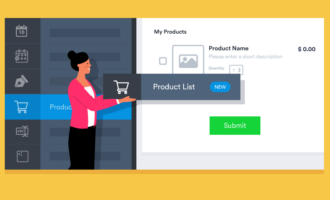


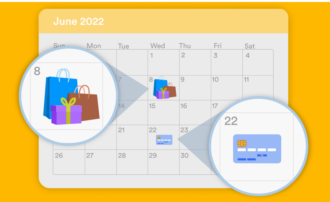




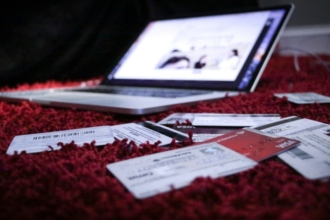
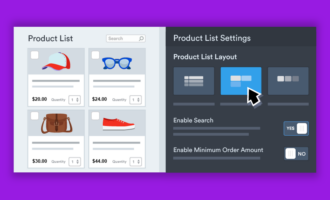
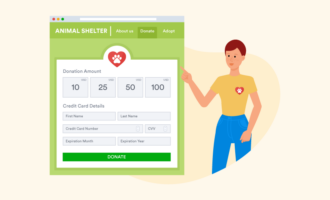
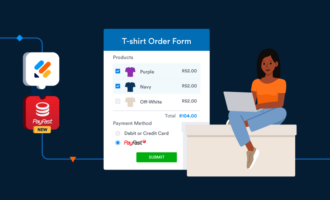






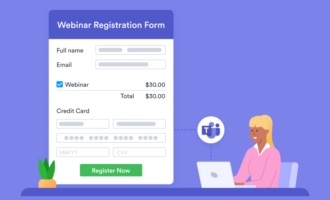
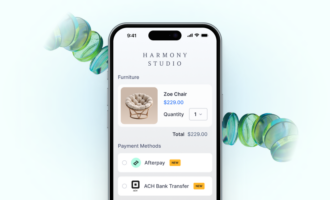


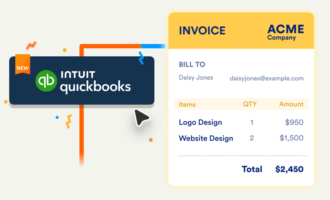
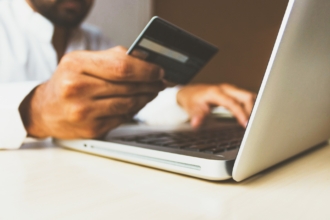

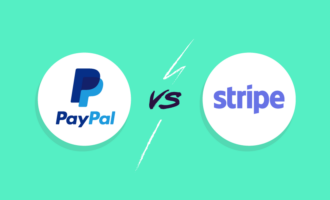


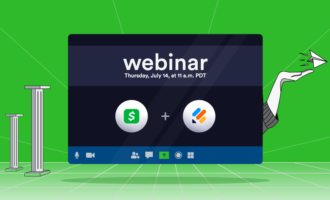

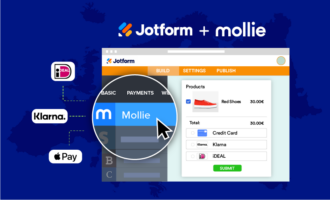
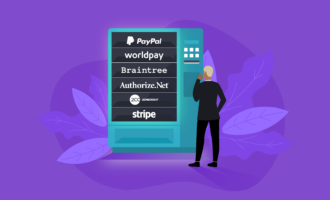
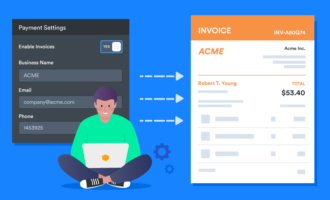

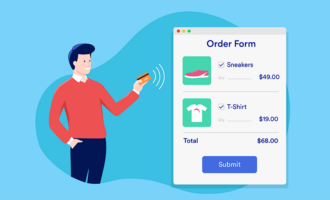

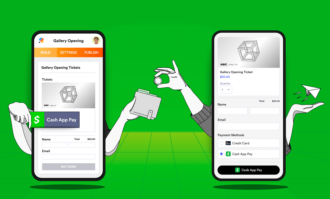



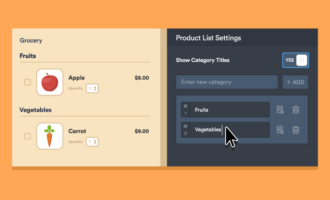






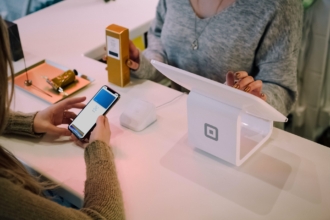

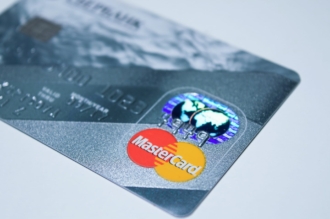


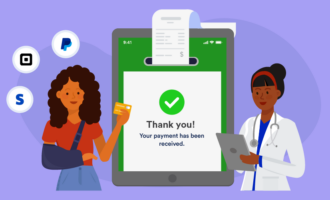

Send Comment:
2 Comments:
More than a year ago
Truly informative blog of eCheck. Actually, I am working in the payment industry and it is very well known to me, but you explained it here very well.
More than a year ago
HOW CAN I OPEN AN E ACCOUNT